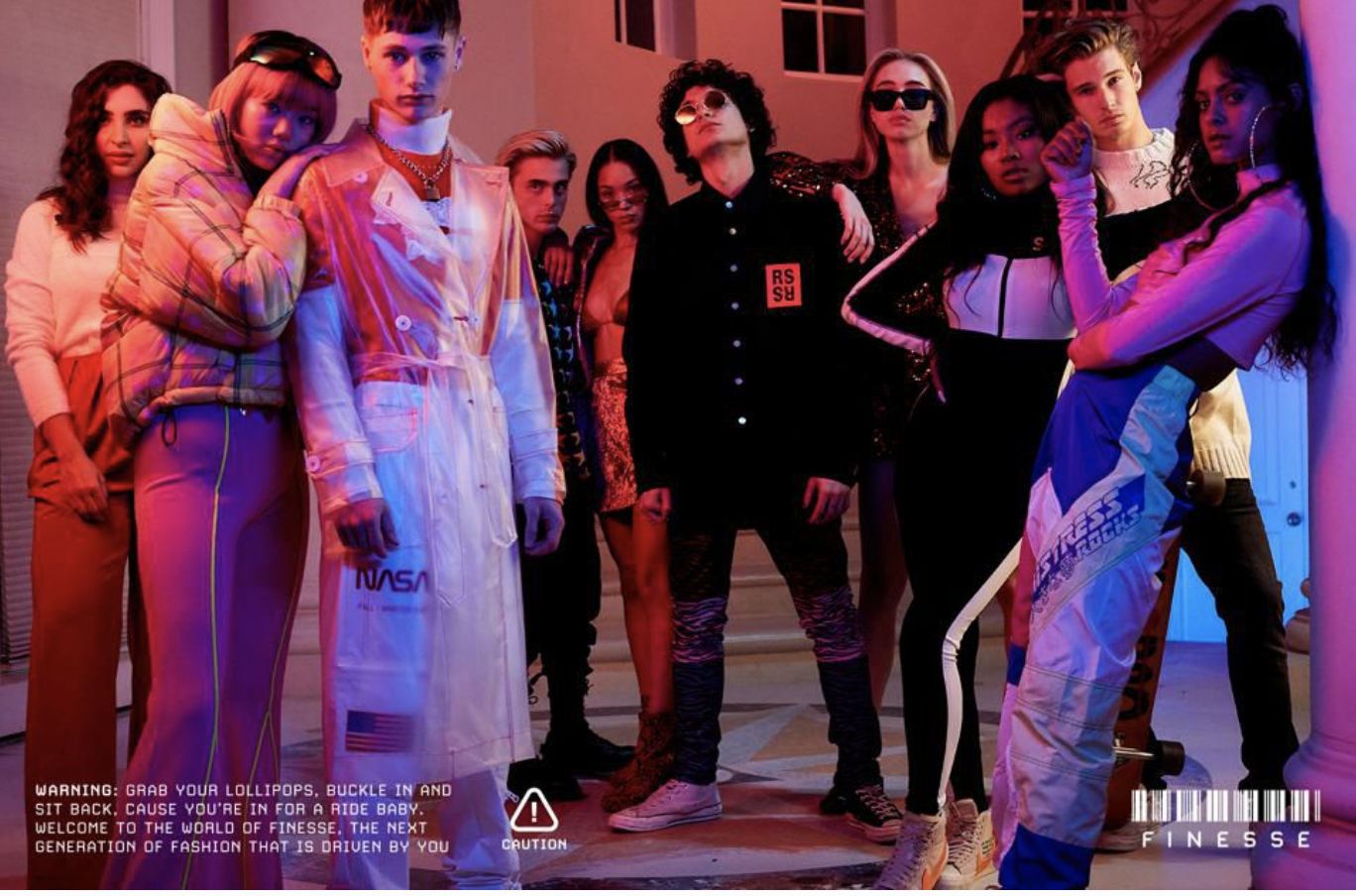‘Zara Meets Netflix’—The Fashion House Where AI Removes Designers And Overstock

Overstock in the fashion industry is a major barrier to sustainability due to decades-old buying strategies based on high volumes and low unit prices. As a result, many fashion companies are not openly discussing overstock, as their bulging inventory often ends up being incinerated. On the face of it, it may seem a difficult problem to solve. One startup has built a radically innovative business model, replacing designers and buyers with data, to avoid speculative order volumes. In doing so, the brand is also redefining fashion design and production models and, crucially, the value proposition for its customers. Described by its founder Ramin Ahmari as “Zara meets Netflix NFLX -6.9%,” FINESSE creates the products their Gen Z target audience want when they want them, and in the quantities they demand. Armed with proprietary deep tech, FINESSE eliminates the subjective style-tendencies of individual designers and speculative order quantities of buyers, thereby slashing the traditional 5 month lead time to just 25 days and eliminating overstock. FINESSE officially launches today and I interviewed Ahmari, a recent computer science graduate with investment banking experience, to find out how (and why) he raised $4.54 million in pre-seed and seed funding to grow the first AI-led fashion house.
Inefficiencies and data: a perfect match
Ahmari’s idea for FINESSE came from his propensity to solve inefficiencies with data and a personal relationship with fashion. As a queer non-binary person of color navigating uniquely different identities, Ahmari has used fashion as both a suit of armor and a tool for self-expression. During a Zoom interview, he explained how investment banking had given him crucial insight into how financial institutions use natural language processing algorithms to analyze large amounts of online data from sites including Twitter, to predict market and stock price shifts. Applying this concept to fashion, he explained that the Gen Z community’s online interactions have notable language traits. These can be analyzed to determine preference for certain products and other key factors defining the next fashion trends. Whilst data analysis for trends is not new, FINESSE is operating using deep tech in an unparalleled way, combining time series analysis, natural language processing, and computer vision within its machine learning algorithms, indicating the fashion trends Gen Z most want at any given moment.
The philosophy behind this fashion house is also radically different. Ahmari says: “Fashion’s birthplace has moved from the catwalks of New York, Paris to social media.” Drawing on the style and language of Gen Z and their favored influencers as the cultural and aesthetic driver for FINESSE, he explained that the notion of a single muse endlessly inspiring fashion collections “borders on human arrogance.” Given that fashion’s most (arguably) creative and exciting eras have been driven by subcultures (including Punk, Emo and Mod), it occurs to me that Ahmari is using data to distill today’s equivalent. Their data is capturing what Gen Z communities are doing, wearing, and wanting from influencers and giving them the product they want—without repackaging it via a design team eager to put its own stamp on it. The result, he explains, is that many of the styles they make are vintage pieces recreated in a way they weren’t supposed to be made or worn. That is to say, FINESSE communities wear clothing in their own particular way, distorting the fit or silhouette according to break with the mainstream (a hallmark of fashion subcultures).
Data driving creativity and inclusivity
As a result, the clothes are made in what is sometimes an unorthodox pattern-making manner to create the exact look thrown up by the data, sometimes at the protestation of seasoned technical pattern makers. This design process may be data-driven but it is also nuanced and complex. The fashion house only uses 3D virtual prototyping, which belies some of the highly complex designs and garment patterns that require many virtual fit sessions and iterations. Ahmari says that these are styles that “fast fashion brands won’t touch” because they would require many rounds of sampling and amendments, which are time-consuming and expensive for brands who rely on physical prototyping—a boon for the near fully digitized FINESSE.
A further important distinction with the FINESSE’s design, merchandising and sales strategy is the inclusion of the cultural context of the data used to create the designs. Ahmari explained that the majority BIPOC representation in FINESSE imagery reflects the actual community members that the data is collected from. Mainstream fashion is largely presented via the lens of brands’ internal creative teams, which tend to have low BIPOC representation, introducing inevitable biases. Here, there is no reappropriation, just representation. The FINESSE board is also majority BIPOC, as is the team.
. . .
Keep reading the full Forbes post.
Finesse is hiring – send in your application.
Image: FINESSE / ALDO CARRERA ALL RIGHTS RESERVED